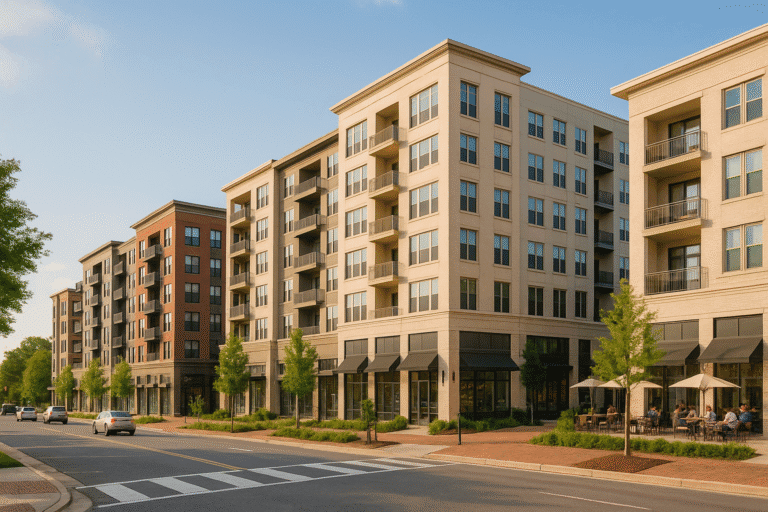Retail real estate in March 2024 continued to evolve, with a growing focus on mixed-use developments. As shopping habits shifted toward experiential retail, landlords and developers adapted by incorporating residential, office, and entertainment components alongside traditional retail spaces. This move was part of a larger effort to create more engaging environments that could meet changing consumer demands.
Key Moments:
Several high-profile retail developments in cities such as Los Angeles, Miami, and Dallas showcased this shift. In Los Angeles, the “Westfield Century City” development incorporated a range of new restaurants, entertainment venues, and residential units alongside luxury retail stores. Similarly, the redevelopment of Miami’s “Aventura Mall” included additional office space and entertainment areas, attracting both local consumers and international tourists.
The retail sector also began embracing shorter-term leases and pop-up shops, allowing brands to test new locations and markets without committing to long-term contracts. This trend was seen as a response to the increasing demand for flexible, short-term rental options that fit the transient nature of consumer habits post-pandemic.
Impact on Tenants and Landlords:
For tenants, the flexibility of mixed-use spaces offered a more dynamic environment to engage customers, while also benefiting from increased foot traffic and the ability to scale operations quickly. Retailers increasingly sought to combine their in-store presence with experiences, such as pop-up events, live performances, and exclusive product launches, to foster a deeper connection with their customers.
For landlords, mixed-use developments provided the opportunity to create a more diversified revenue model, reducing reliance on traditional retail tenants. These properties, which include a combination of retail, office, residential, and entertainment spaces, have proven more resilient in uncertain times, helping landlords maintain higher occupancy rates and premium rents.
The long-term effect of this trend is that mixed-use developments are expected to remain a critical aspect of urban retail strategies, reshaping the way cities are designed and experienced by residents and consumers.
